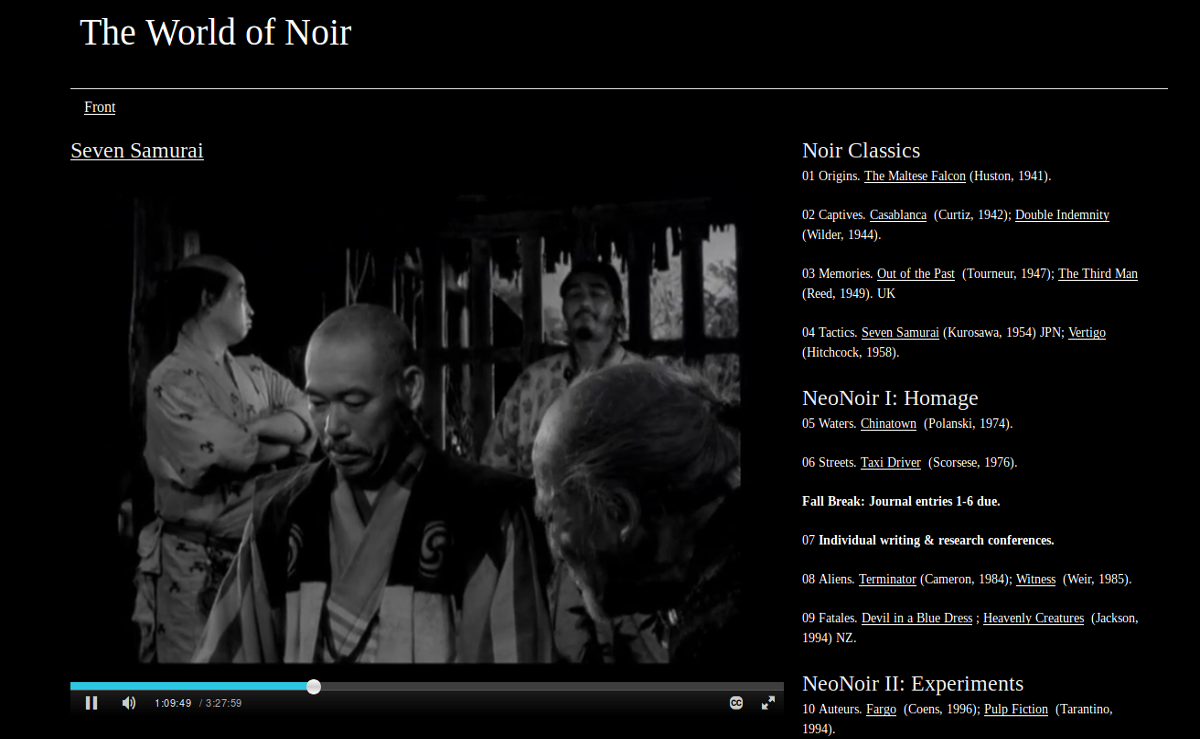In the 1940s, pulp magazines and B-films created a new genre, eventually called Noir. On page and screen, hundreds of these crime stories—stark, vivid, and ambiguous—shaped the imagination and self-concept of a world beset by depression and fear. As societies shifted from hot to cold war and grappled with civil rights and urban decay, Noir depicted a dream-like world where morality turns fluid and money sours democracy.
Although the political outlook of Noir ranges widely, its core tension remains: crime and justice are mirror analogues, shadow selves of each other. We map Noir’s rise and spread, examine its treatment of race, class, and gender, and study its triumph as a major cultural style.

